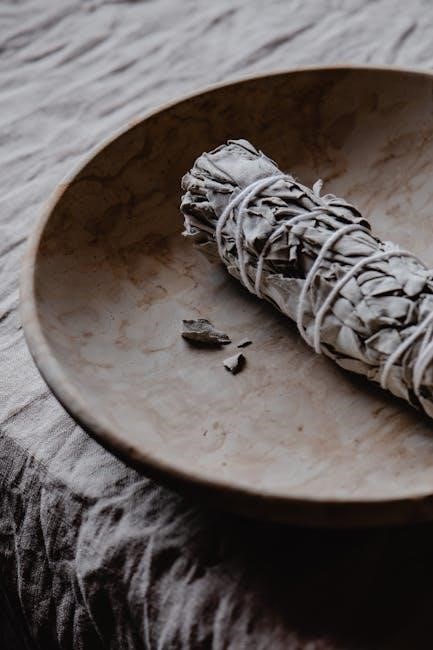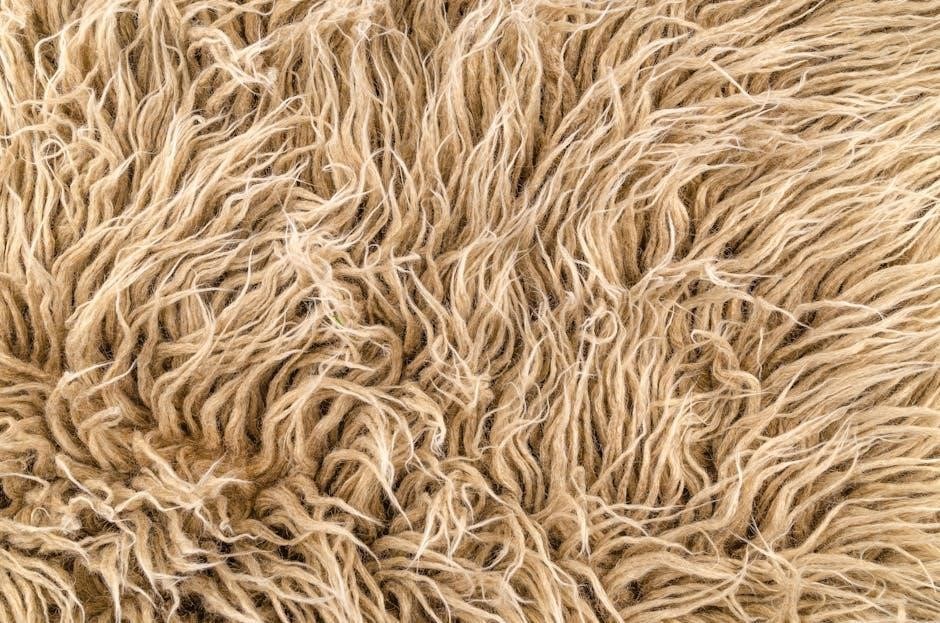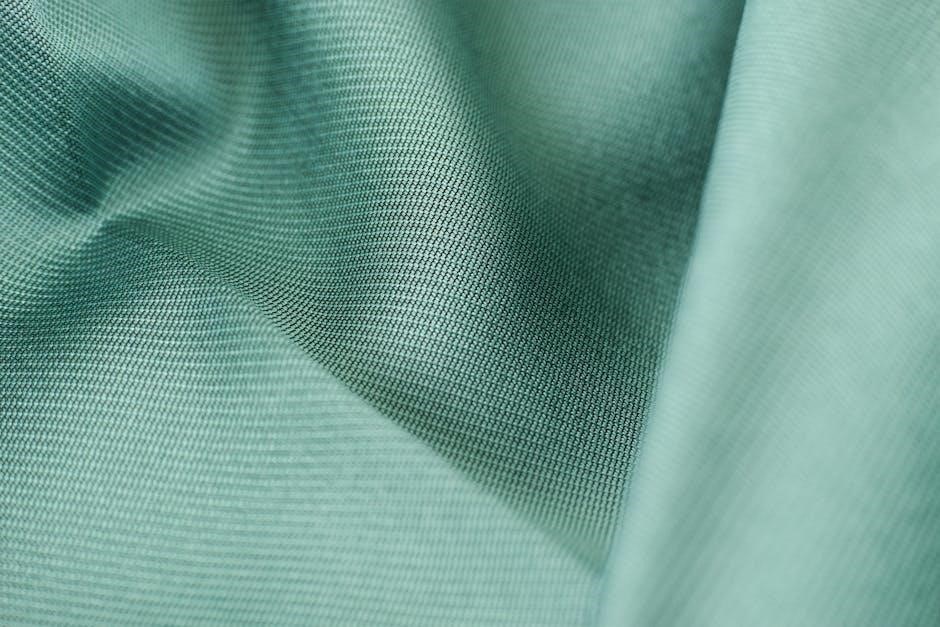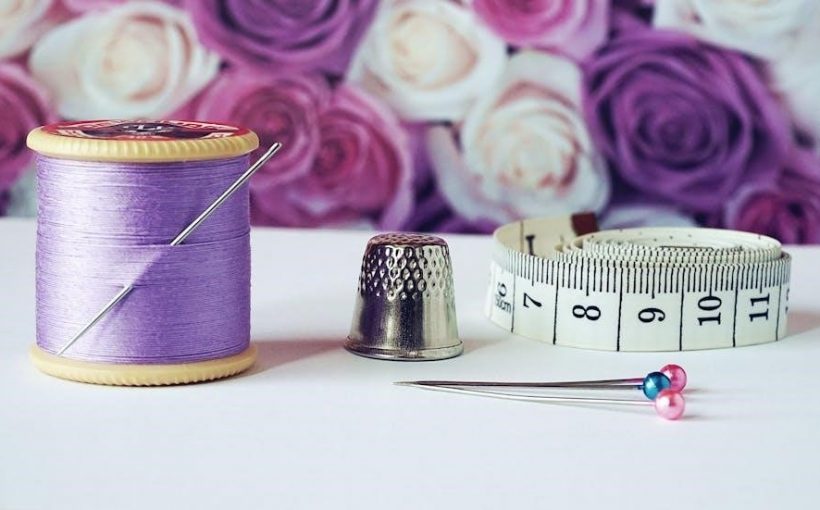Welcome to the ultimate thread guide! Discover everything you need to know about sewing threads, from types and twists to tips for selecting the right thread for your project. Learn how thread impacts stitch quality and durability, ensuring your sewing projects stand the test of time. Whether you’re a novice or an experienced sewist, this guide will help you make informed decisions and achieve professional results.
Types of Sewing Threads
Explore the diverse world of sewing threads, including cotton, polyester, silk, and nylon. Each type offers unique characteristics, ensuring the perfect match for your fabric and project needs. Learn about their strengths, finishes, and ideal applications to enhance your stitching experience.
Common Types of Sewing Threads
Cotton threads are ideal for general sewing, offering excellent durability and compatibility with natural fabrics. Polyester threads, known for their strength and resistance to wrinkles, are perfect for heavy-duty projects. Silk threads provide a luxurious finish, often used in high-end garments. Nylon threads are versatile and tear-resistant, making them suitable for outdoor and upholstery projects. Metallic threads add a decorative touch, while wool threads are great for heavy fabrics like canvas. Each type has unique benefits, ensuring there’s a thread for every sewing need. By understanding these options, you can select the best thread for your project, enhancing both function and aesthetics.

How to Choose the Right Thread
Match thread weight and fiber type to your fabric for optimal results. Consider color, durability, and stitch quality. The right thread ensures strong, long-lasting seams and enhances your project’s success. Always prioritize fabric compatibility for professional finishes.
Factors to Consider When Selecting Thread
When choosing the right thread, consider fabric type, weight, and fiber content. Thread weight should match fabric weight, ensuring strength without bulk. Fiber type affects durability and stretch—cotton for natural fabrics, polyester for synthetic, and nylon for heavy-duty projects. Color should blend with fabric for a seamless look. Durability is key for projects like upholstery or outdoor use. Finish, such as wax or silicone, reduces friction and prevents tangling. Thread twist impacts stitch consistency, with higher twists offering smoother sewing. Always prioritize thread quality to avoid weak seams. For specialty projects, like embroidery or quilting, specific threads enhance results. Consider the intended use—delicate for lingerie, robust for denim. Matching thread to fabric ensures professional finishes and long-lasting results. Consult thread guides or manuals for tailored advice, ensuring your project’s success. Proper thread selection elevates your sewing, making it both functional and visually appealing;
Matching Thread Color to Fabric
Matching thread color to fabric ensures a professional finish. Choose a shade that complements the fabric’s tone, avoiding stark contrasts that draw attention. For patterned fabrics, opt for a thread color that blends with the dominant hue. Neutral tones like beige or gray work well for multi-colored fabrics. Test thread color on fabric scraps to ensure a seamless match. Consider the stitch type—delicate stitches may require a matching thread, while bold stitches can use contrasting colors for effect. Use color cards or online tools to find the perfect match. Proper color matching enhances the fabric’s appearance and creates a polished look. Always preview thread color on fabric before sewing to ensure harmony. This step prevents noticeable mismatches and ensures a cohesive design. Color coordination is essential for both functional and decorative sewing projects. By carefully selecting thread color, you achieve a professional and visually appealing result. This attention to detail elevates your sewing to the next level.
Essential Tools for Thread Management
Essential tools for thread management include thread stands, spool holders, and seam guides. These tools help maintain thread organization, prevent tangling, and ensure smooth stitching during sewing projects.
Thread Stands and Their Importance
Thread stands are indispensable tools for efficient sewing, offering a practical solution for organizing and managing threads. They keep spools upright and stable, preventing tangling and knotting, which can disrupt the sewing process. Available in various designs, including adjustable cone thread stands, these tools accommodate different spool sizes, ensuring versatility for sewing machines, embroidery, quilting, and serger machines. By maintaining a smooth thread flow, thread stands enhance stitching consistency and reduce manual adjustments, saving time and effort. Their sturdy construction, often made of durable materials like metal, ensures longevity and reliability. Additionally, thread stands help in maintaining a clutter-free workspace, allowing sewists to focus on their projects without interruptions. This simple yet effective accessory is a must-have for both beginners and professionals, contributing to a seamless and efficient sewing experience.
Seam Guides for Accurate Stitching
Seam guides are essential tools for achieving precise and consistent stitching in sewing projects. Designed to help maintain straight lines and accurate seam allowances, these guides are simple yet highly effective. They can be attached to sewing machines or used as standalone accessories, ensuring that fabric is aligned perfectly during stitching. By minimizing deviations and keeping the fabric steady, seam guides reduce the risk of uneven seams and improve overall stitching quality. They are particularly useful for beginners, as they help develop the skill of maintaining straight lines without constant adjustment. Available in various forms, including magnetic seam guides and adjustable attachments, these tools cater to different sewing needs and machine types. Their ability to enhance precision and efficiency makes them a valuable addition to any sewist’s toolkit, ensuring professional-looking results every time.

Tips for Effective Thread Usage
- Use the right thread type for your fabric to ensure durability and a professional finish.
- Keep thread on a stand to prevent tangling and improve workflow efficiency.
- Cut thread neatly to avoid loose ends that can interfere with stitching.
- Use a seam guide for straight, accurate stitching every time.
Preventing Thread Tangling
Preventing thread tangling is essential for a smooth sewing experience. Use a thread stand to keep the spool upright and avoid twists. Always cut thread neatly with sharp scissors to prevent fraying. Ensure the thread path on your machine is clear and free from obstructions. Regularly clean and oil your machine to maintain proper tension. Avoid pulling the thread tightly, as this can cause knots. Store threads in a cool, dry place away from direct sunlight to prevent weakening. For manual sewing, use a needle threader to guide the thread smoothly. By following these tips, you can minimize tangling and achieve professional-looking stitches every time.

Common Mistakes to Avoid
When working with sewing threads, there are several common mistakes to avoid for optimal results. One of the most frequent errors is using the wrong thread weight for the fabric, which can lead to weak seams or visible stitches. Neglecting to use a thread stand can cause tangling and uneven tension. Many sewists also overlook the importance of matching thread color to fabric, resulting in distracting stitches. Using low-quality threads can lead to fraying and breakage, compromising the durability of the project. Additionally, failing to properly thread the machine or neglecting to clean and maintain it can cause thread-related issues. Finally, poor storage of threads, such as exposing them to sunlight or moisture, can degrade their quality over time. By being mindful of these pitfalls, you can ensure a smoother and more successful sewing experience.

Additional Resources
For further exploration, check out our comprehensive guide to sewing machine threads, which offers detailed insights into thread types and their applications. Explore royalty-free vector graphics and stock illustrations of sewing thread logos for creative projects. Visit websites like www.gathered.how for in-depth sewing and quilting tips. Discover adjustable cone thread stands and seam guides that enhance your sewing efficiency. Learn about industrial threads for heavy-duty projects and find inspiration in handmade outfits showcasing various sewing techniques. Don’t miss expert advice on thread selection, weight matching, and color coordination. Additionally, browse tutorials on preventing thread tangling and improving stitch quality. Whether you’re a beginner or an advanced sewist, these resources will enrich your sewing journey and help you achieve flawless results.
